Stirling and Dunblane
William Wallace is remembered well in Stirling, from the great Gothic monument (which is yet another instance of a building that compelled me to take far too many pictures, as you'll soon see) to the roofs of buildings. This statue above a shop was one of the few things I noticed as I arrived in town and sought out internet access and a place to sleep (which seem to by my basic necessities).
From my hostel window I could see this neighboring building. If you look closely at the pinkish stone to the sides of the balcony then you'll see that it reads: "Honor Principle. Do Yer Duty."
In my usual hobo-traveler fashion, I started the day with the dawn and saw what I could of Stirling before anything opened. On my traipse around The Back Walk along the wall below the castle, I saw fallen log art:
... and a stone that was used as a block for beheadings in the 1400s, including the execution of a Duke and his heirs.
I ate some lovely meat pies while looking at the Stirling bridge that lies in the location of the famed Battle of Stirling Bridge, where William Wallace lead the Scots to a victory against a force about five times their number by allowing just enough of the English army to cross the bridge that the Scots could defeat them and then defending the bridge to prevent any English reinforcements.
Though it was Robert the Bruce who finished the job of winning independence at the Battle of Bannockburn a couple miles to the South, it is Wallace who is best remembered and commemorated with the aforementioned Gothic monument.
In addition to the spire that looks like it came out of a horror movie castle, I also liked the monument's rope motif carved across it.
Wallace's statue has a nice view.
On the way back I stopped by Mar's Wark, the remains of a Renaissance mansion.
Just behind the cannon-shattered ruin sits the Church of the Holy Rude, where James IV was crowned.
The center of Stirling is of course the castle. The key to Scotland, Stirling Castle has been razed and rebuilt numerous times. The current buildings were mostly erected by the Stuart monarchs. A recently restored King's Hall gives a good idea of how the place would have looked when James V held a banquet (though I bet it was dirtier).
At a different time of year the plants might outshine the land sculpting of the gardens:
I love castle grotesques. They have such character, and often more so after some weathering.
The cannons could defend the river crossing with pinpoint accuracy, according to the tour.
A short bus ride from Stirling lies Dunblane, mostly notable for its cathedral.
Figures etched in new stained glass look like the portraits you would see on money. I kind of like it.


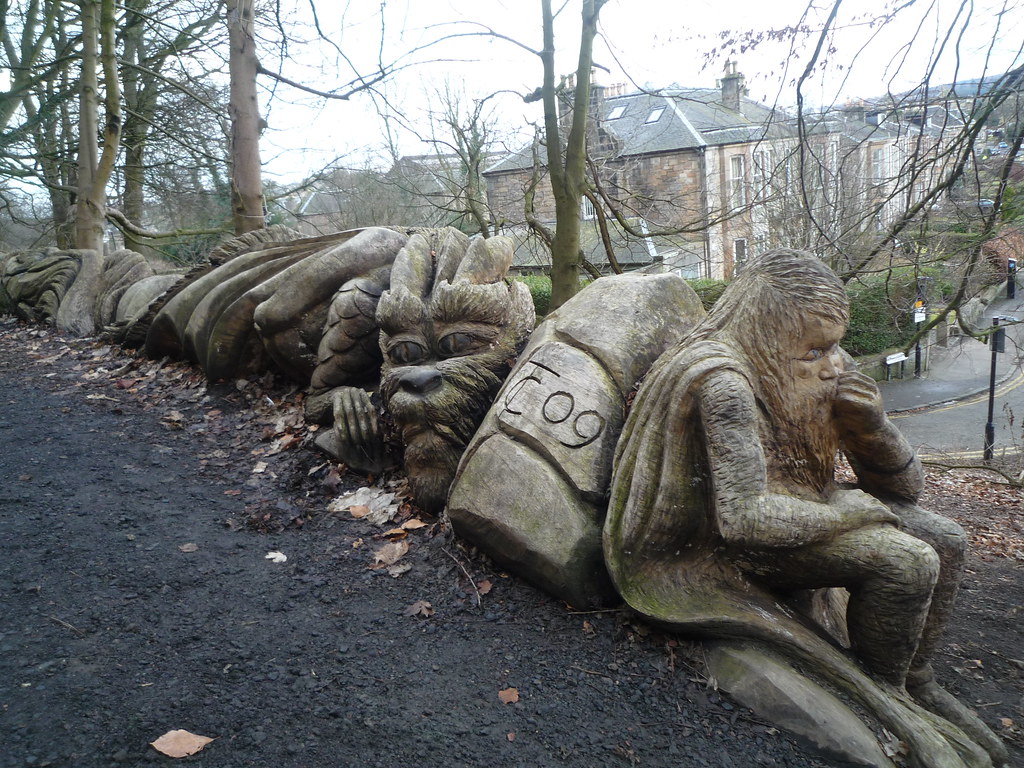
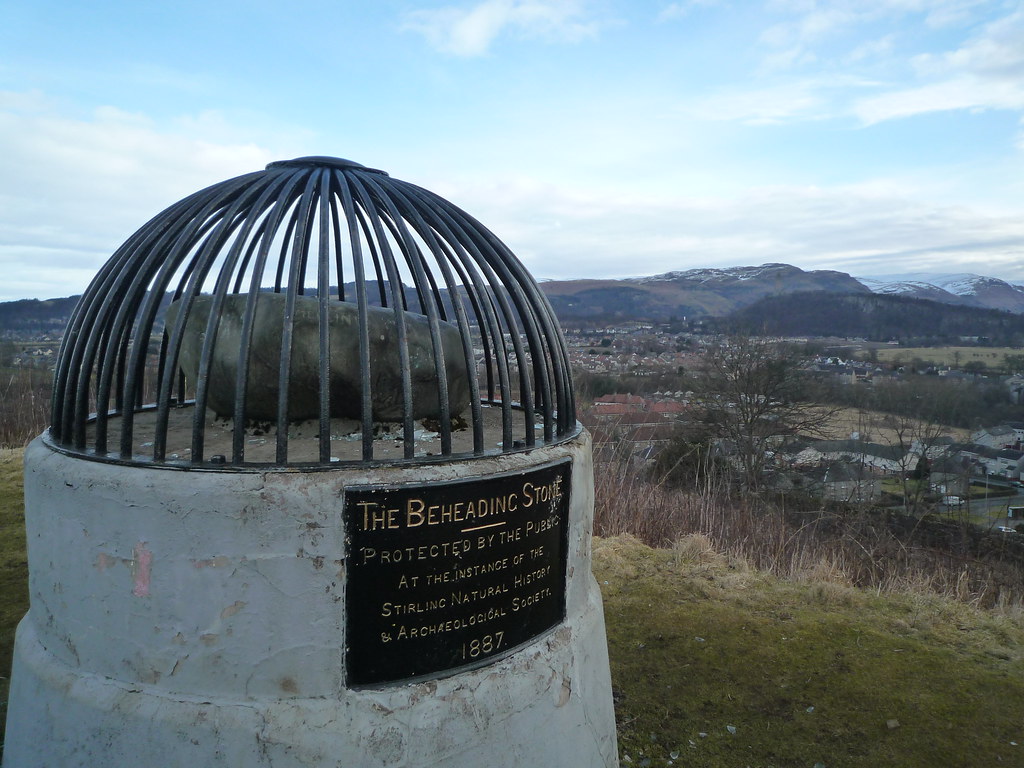
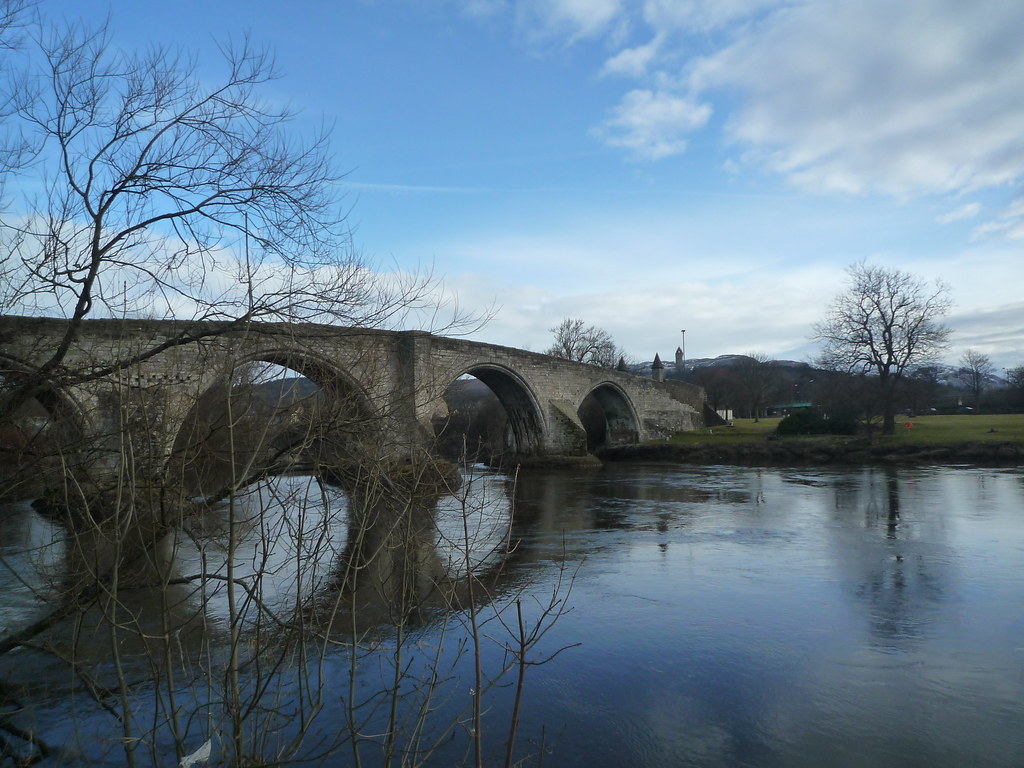

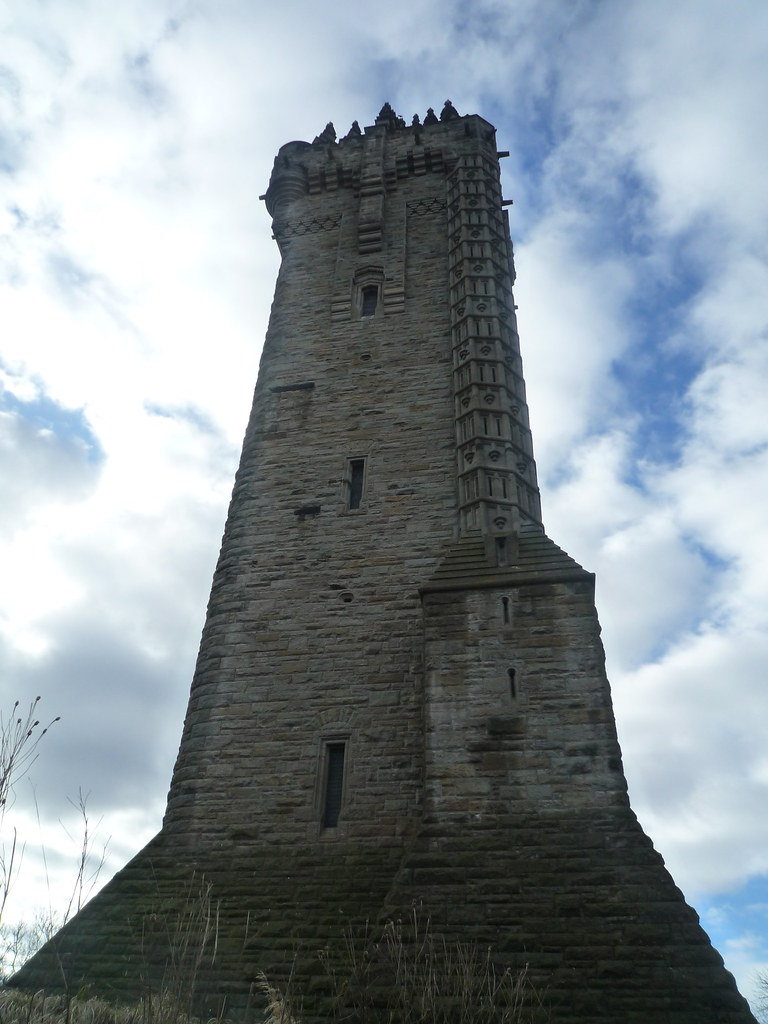
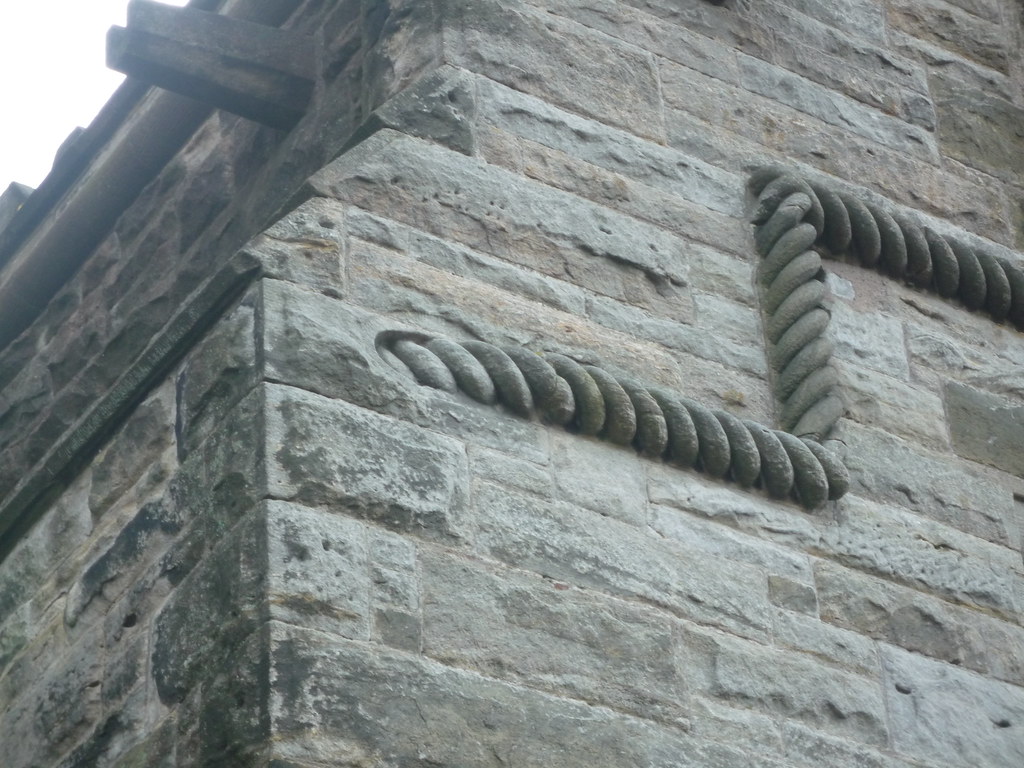

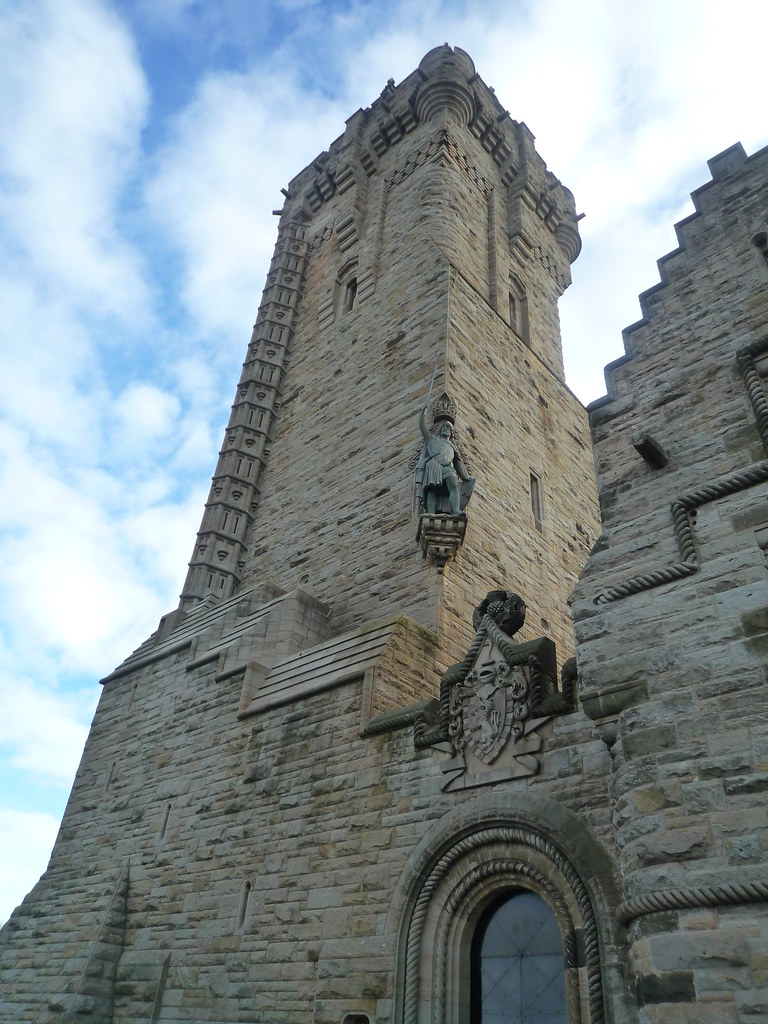

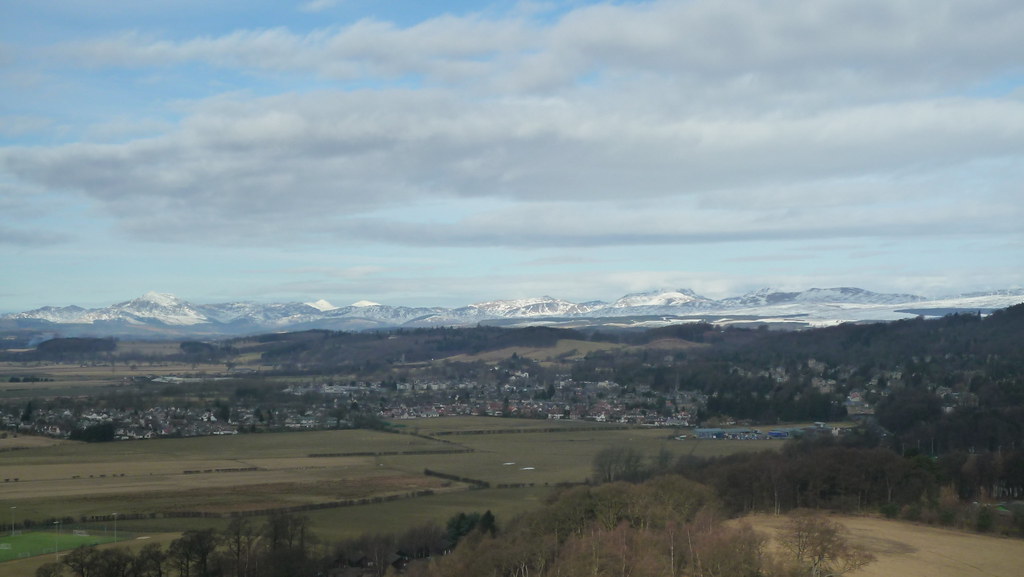



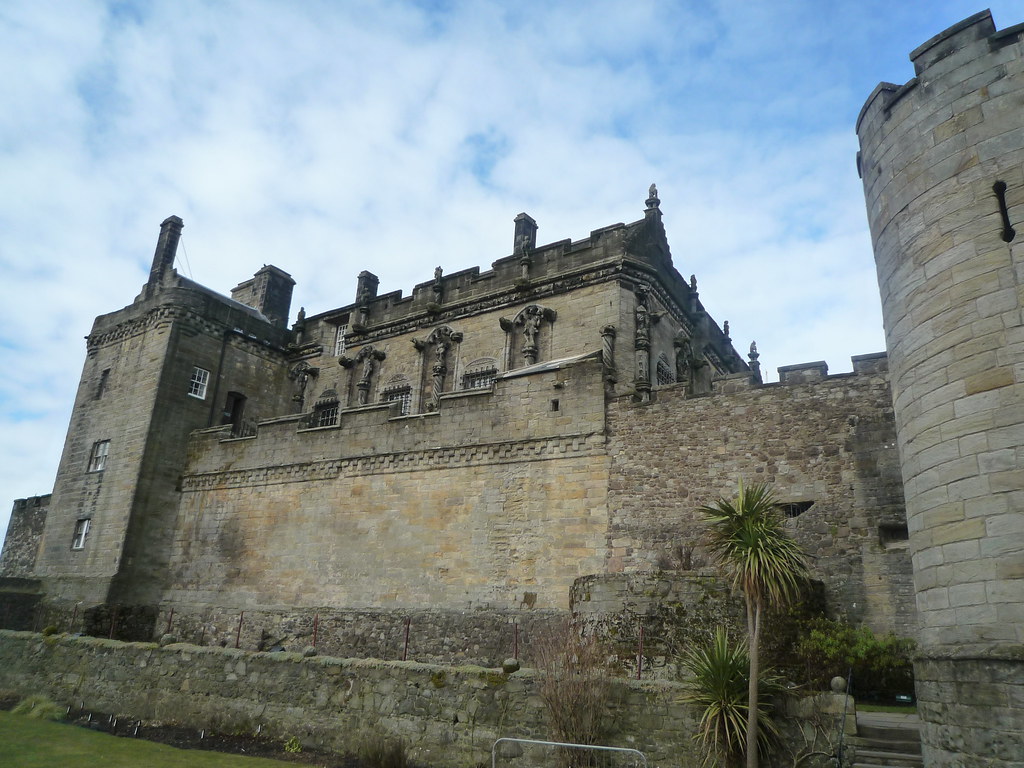


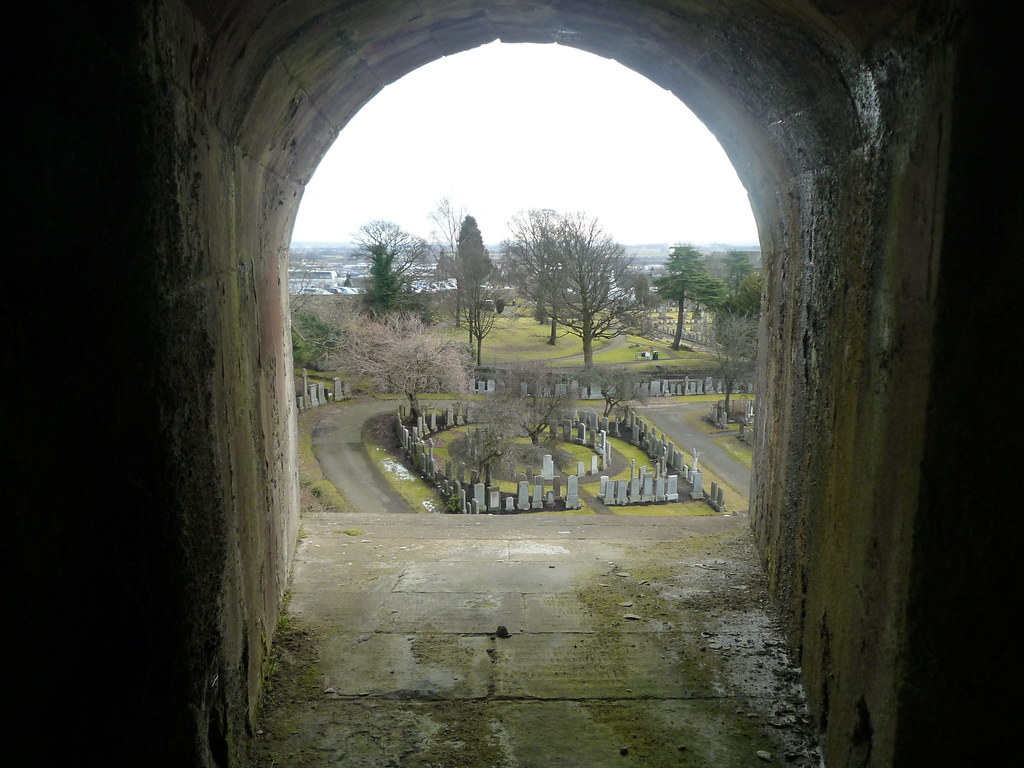

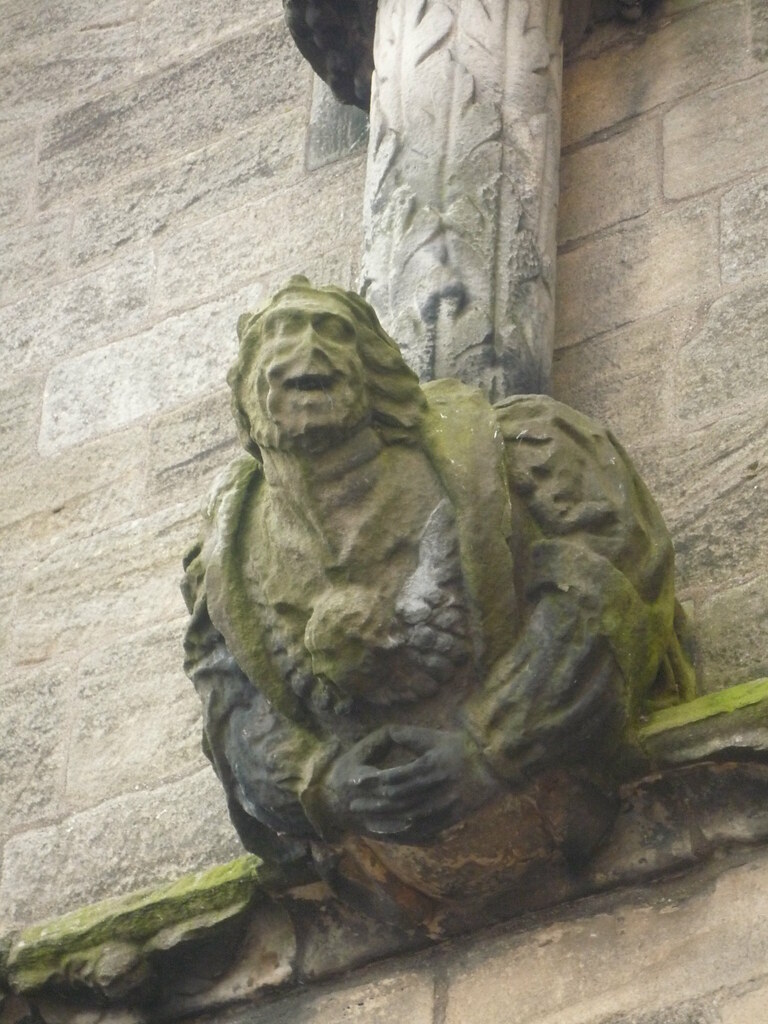

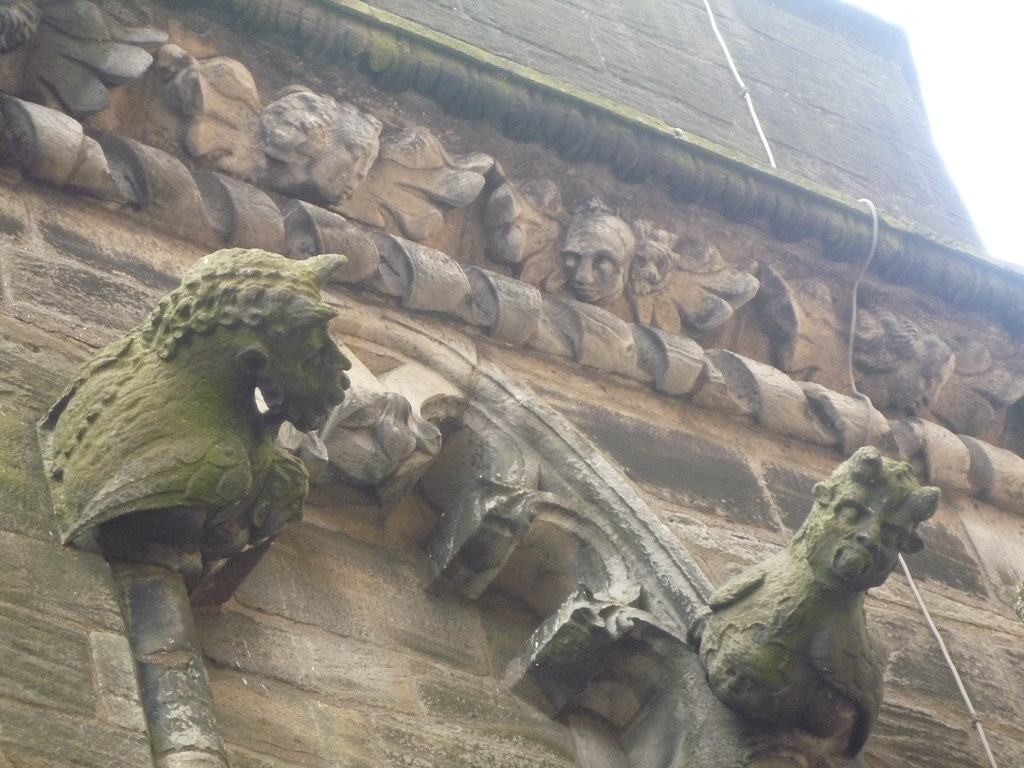

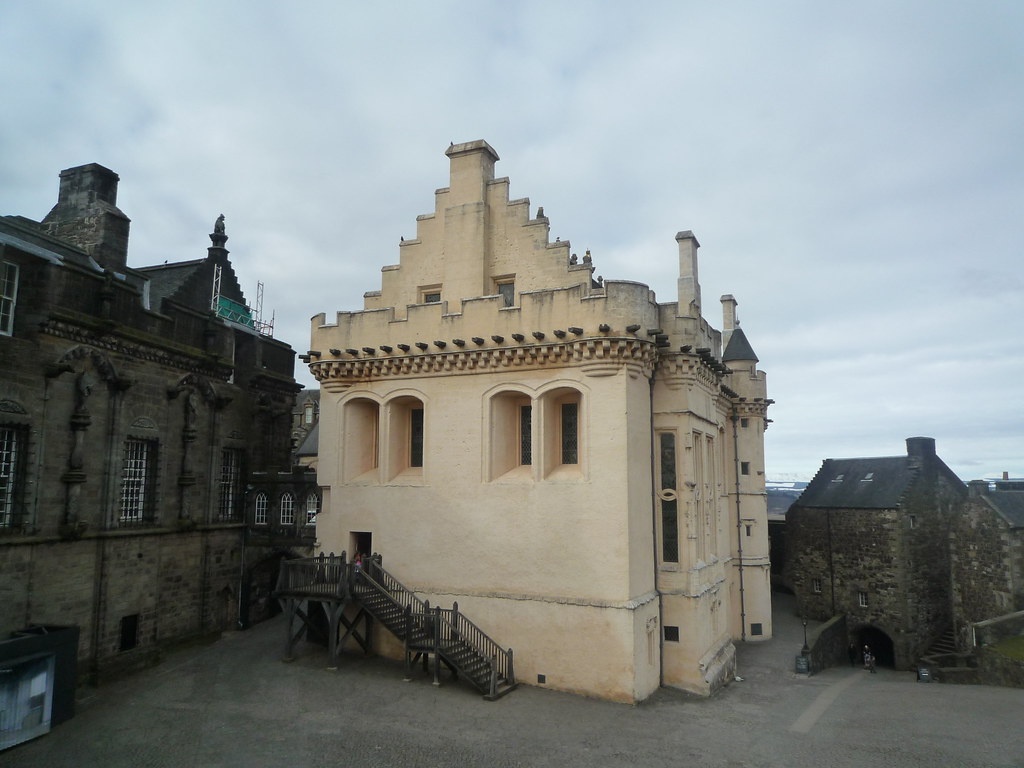
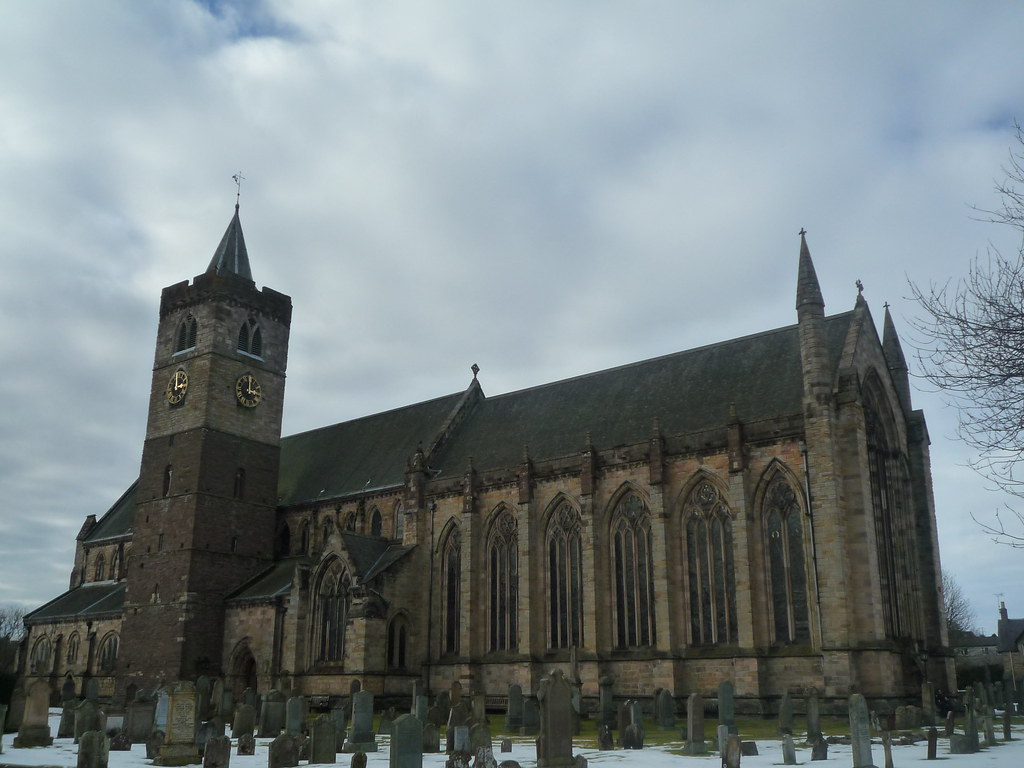


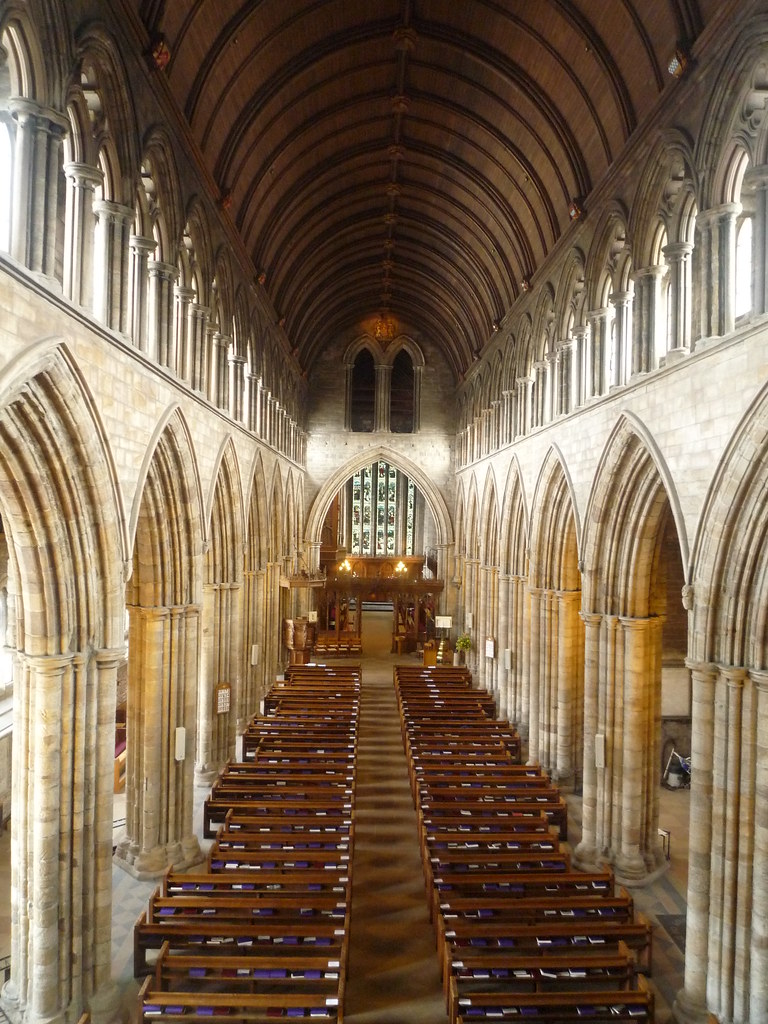

0 comments:
Post a Comment